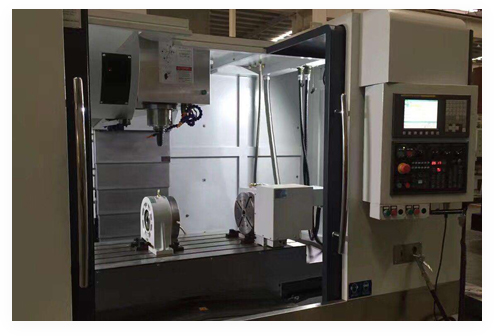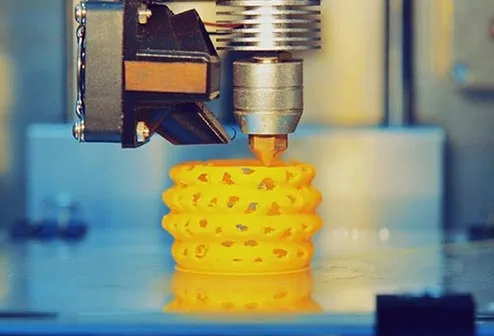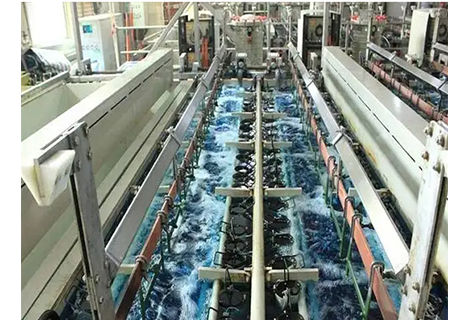Carbon steel and cast iron are two common types of metal materials that are used for CNC machining. They are both composed of iron and carbon, but they have different amounts of carbon and different structures. They also have different properties and advantages when it comes to CNC machining. In this article, we will compare and contrast carbon steel and cast iron, and help you decide which one is better for your CNC machining project.
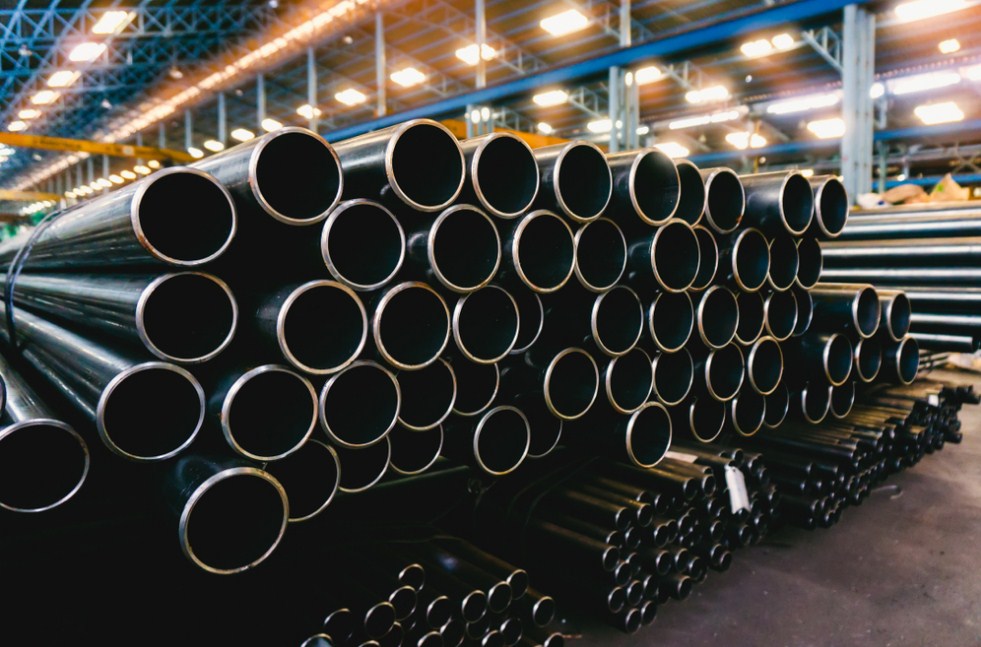
Carbon steel is a type of steel that contains a low amount of carbon, usually less than 2%. It is formed by stamping sheets of metal into thin and lightweight parts with various shapes. Carbon steel is good at conducting heat, but it needs to be coated or painted to prevent rusting. Carbon steel is more expensive than cast iron, but it is easier to cut and shape with CNC machines.
Cast iron is a type of iron that contains a high amount of carbon, usually more than 2%. It is cast by pouring molten metal into molds, resulting in thick and heavy parts with vertical sides. Cast iron is excellent at retaining heat, but it takes longer to heat up and cool down. It also needs to be seasoned with oil to create a nonstick surface. Cast iron is cheaper than carbon steel, but it is harder to machine and drill with CNC machines.
Carbon steel is suitable for CNC machining methods that require high speed and precision, such as milling, turning, and drilling. It heats up quickly and evenly, and has few hot spots. It also responds to temperature changes faster, giving you more control over the machining process. Carbon steel can be used on any CNC machine, including CNC lathes, CNC mills, and CNC routers.
To CNC machine carbon steel, you need to coat or paint it first. Coating or painting is the process of applying a thin layer of protective material to the surface of the part, such as zinc, nickel, or epoxy. This can prevent rusting and corrosion, and improve the appearance and durability of the part. To coat or paint carbon steel, follow these steps:
• Clean the part with a degreaser and a wire brush, and dry it thoroughly.
• Apply a primer to the part, and let it dry for a few hours.
• Apply a topcoat to the part, and let it dry for a few hours.
• Cure the part in an oven or a curing chamber, according to the manufacturer's instructions.
To CNC machine carbon steel, follow these tips:
• Preheat the part to a suitable temperature, depending on the type and grade of carbon steel.
• Use a sharp and rigid tool with a high cutting speed and a low feed rate, to reduce the cutting force and the heat generation.
• Use a suitable coolant or lubricant, such as water, oil, or emulsion, to reduce the friction and the wear of the tool and the part.
• Use a suitable cutting depth and width, to avoid excessive chip formation and tool deflection.
• Use a suitable clamping method, to avoid vibration and deformation of the part.
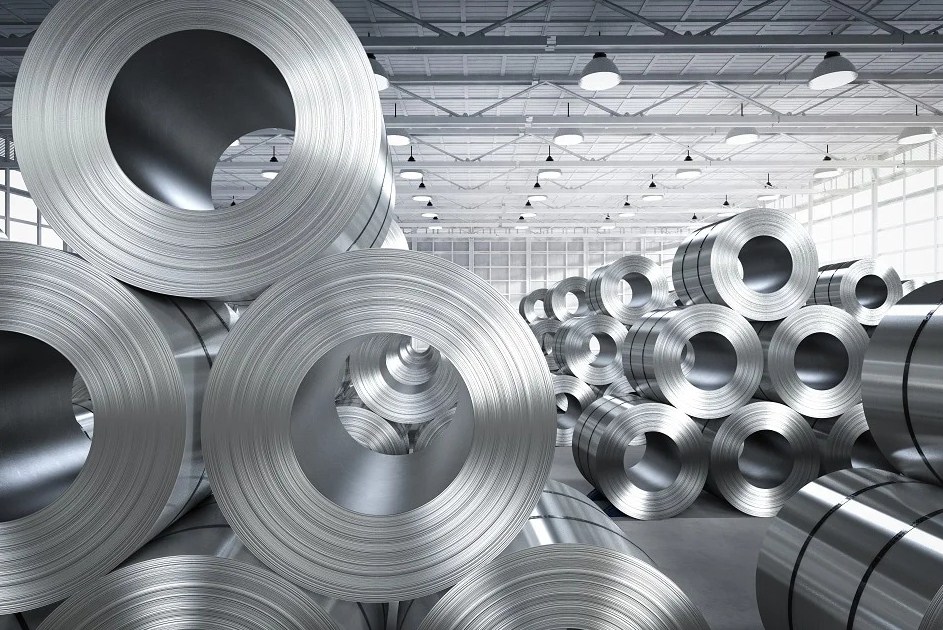
Cast iron is ideal for CNC machining methods that require low speed and high torque, such as boring, threading, and tapping. It holds heat for a long time, and distributes it evenly. It also adds a rich and smoky flavor to the part. Cast iron can be used on any CNC machine, but it may require special tools and techniques, such as carbide inserts, high-pressure coolant, and vibration damping.
To CNC machine cast iron, you need to season it first. Seasoning is the process of applying a thin layer of oil to the surface of the part and heating it until it polymerizes, forming a protective and nonstick coating. To season cast iron, follow these steps:
• Wash the part with hot water and a mild detergent, and dry it thoroughly.
• Rub a thin layer of vegetable oil or flaxseed oil all over the part, including the edges and the holes.
• Place the part in a preheated oven at 375°F for an hour, then turn off the oven and let the part cool inside.
• Repeat the process two or three times, until the part develops a dark and shiny patina.
• Store the part in a dry place, and avoid washing it with soap or abrasive materials.
To CNC machine cast iron, follow these tips:
• Preheat the part to a suitable temperature, depending on the type and grade of cast iron.
• Use a hard and tough tool with a low cutting speed and a high feed rate, to reduce the thermal shock and the chipping of the tool and the part.
• Use a high-pressure coolant or lubricant, such as water, oil, or emulsion, to flush away the chips and the dust, and prevent the clogging of the tool and the part.
• Use a large cutting depth and width, to avoid the formation of a hardened layer on the surface of the part.
• Use a rigid clamping method, to avoid vibration and deformation of the part.
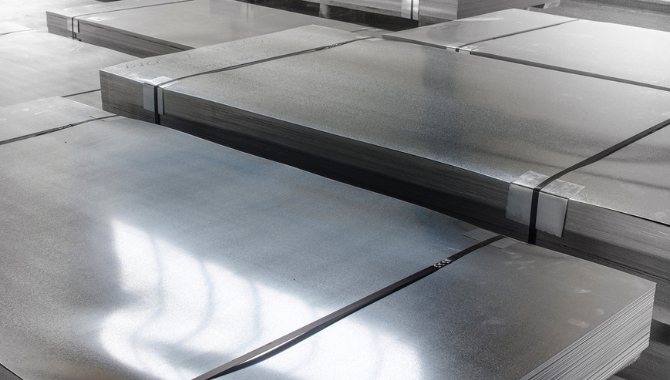
Carbon steel and cast iron have many pros and cons, and the best choice depends on your CNC machining project requirements and budget. Here are some factors to consider when choosing between carbon steel and cast iron for CNC machining:
• Weight: Carbon steel is lighter and easier to maneuver than cast iron, which is heavier and more cumbersome. If you need to machine large or complex parts, you may prefer carbon steel.
• Heat: Carbon steel heats up faster and responds to temperature changes quicker than cast iron, which heats up slower and retains heat longer. If you need to machine parts with high precision and accuracy, you may prefer carbon steel.
• Maintenance: Carbon steel is easier to machine and coat than cast iron, which requires more care and attention. If you need to machine parts with low maintenance and hassle-free, you may prefer carbon steel.
• Durability: Cast iron is more durable and long-lasting than carbon steel, which can warp or dent over time. If you need to machine parts that will last for a long time, you may prefer cast iron.
• Price: Cast iron is cheaper and more widely available than carbon steel, which is more expensive and harder to find. If you are on a tight budget, you may prefer cast iron.
Carbon steel and cast iron are both popular types of metal materials for CNC machining. They are both composed of iron and carbon, but they have different amounts of carbon and different structures. They also have different properties and advantages when it comes to CNC machining. Ultimately, the best material for you depends on your CNC machining project requirements and budget. You can also have both types of materials in your CNC machining collection, and use them for different purposes and occasions.
If you need CNC machining services for carbon steel and cast iron parts, I recommend choosing Richconn as your partner. Richconn is a professional custom precision machine shop located in Shenzhen, China, with many years of experience and technology, able to provide you with high-quality carbon steel and cast iron parts processing services. Richconn has advanced processing equipment, exquisite processing technology, reliable processing quality, high processing efficiency, and reasonable processing prices. We can carry out customized design and processing according to your needs to meet your various specifications and requirements. Richconn looks forward to working with you to provide you with the highest quality carbon steel and cast iron parts machining solutions.
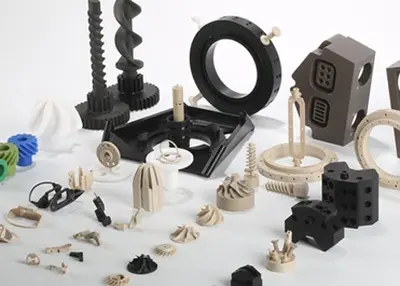 How to Define Fits: Different Types of Fits in EngineeringMarch 5, 2024This article will shade some light on “fits”. To know more about “what is fits” will help you succeed in doing your projects. So let’s check it out.view
How to Define Fits: Different Types of Fits in EngineeringMarch 5, 2024This article will shade some light on “fits”. To know more about “what is fits” will help you succeed in doing your projects. So let’s check it out.view Top 6 Types of Rivets and Their Common UsesAugust 11, 2023Rivets hold a unique position in the history of engineering and construction. These seemingly small fasteners have played a critical role in joining materials together. Based on their properties and d...view
Top 6 Types of Rivets and Their Common UsesAugust 11, 2023Rivets hold a unique position in the history of engineering and construction. These seemingly small fasteners have played a critical role in joining materials together. Based on their properties and d...view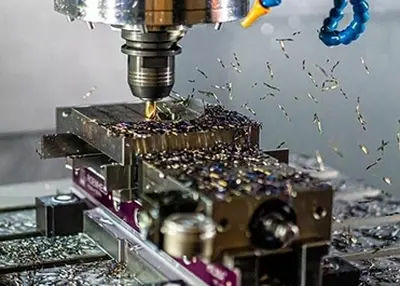 What is a CNC Machine?October 20, 2023The full name of CNC is Computer Numerical Control, and a tooling machine with a computer as the control center is called a CNC machine. The traditional tooling machines need to be manually operated to achieve a variety of metal processing techniques, CNC machine is by the engineers of the computer input product drawings, complete the product required tooling sequence, processing environment parameters and other data, by the computer according to the above instructions for automated production.view
What is a CNC Machine?October 20, 2023The full name of CNC is Computer Numerical Control, and a tooling machine with a computer as the control center is called a CNC machine. The traditional tooling machines need to be manually operated to achieve a variety of metal processing techniques, CNC machine is by the engineers of the computer input product drawings, complete the product required tooling sequence, processing environment parameters and other data, by the computer according to the above instructions for automated production.view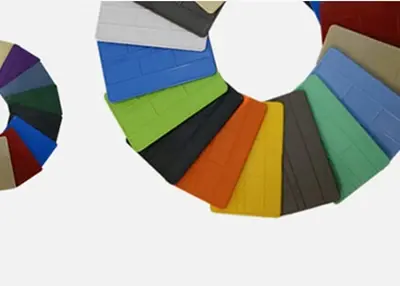 Plastics Solutions: Choosing the Right Materials for Your PartsOctober 18, 2023There are more than 85,000 commercial options for plastics listed in materials databases. Among them, there are 45 polymer families that can be roughly divided into two categories: Thermosets and Thermoplastics. We focus primarily on the latter category, offering hundreds of engineering thermoplastics through our Express Injection Molding service (see Figure 1). In addition to our in-stock plastics, we can handle many other plastics provided by our customers.view
Plastics Solutions: Choosing the Right Materials for Your PartsOctober 18, 2023There are more than 85,000 commercial options for plastics listed in materials databases. Among them, there are 45 polymer families that can be roughly divided into two categories: Thermosets and Thermoplastics. We focus primarily on the latter category, offering hundreds of engineering thermoplastics through our Express Injection Molding service (see Figure 1). In addition to our in-stock plastics, we can handle many other plastics provided by our customers.view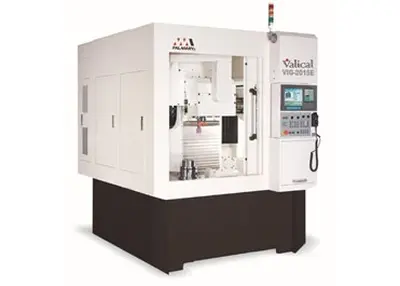 CNC Machining China: How to Choose the Best Online CNC Machining Services?September 5, 2023China has emerged as a prominent player in the CNC machining industry due to its global manufacturing leadership. The country is home to a plethora of CNC machining and rapid prototyping shops that ca...view
CNC Machining China: How to Choose the Best Online CNC Machining Services?September 5, 2023China has emerged as a prominent player in the CNC machining industry due to its global manufacturing leadership. The country is home to a plethora of CNC machining and rapid prototyping shops that ca...view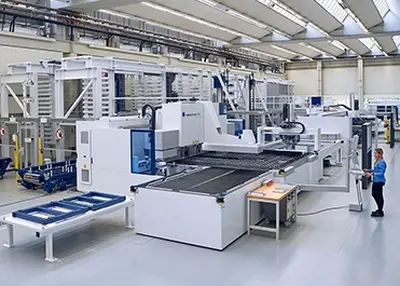 How to Choose CNC Machining Service Provider?October 25, 2023This article covers everything you need to know about quality control in your CNC machine shop. It will serve as a guide to help you quickly identify machine shops that you should work with and must avoid.view
How to Choose CNC Machining Service Provider?October 25, 2023This article covers everything you need to know about quality control in your CNC machine shop. It will serve as a guide to help you quickly identify machine shops that you should work with and must avoid.view
 EN
EN
 ru
ru 
